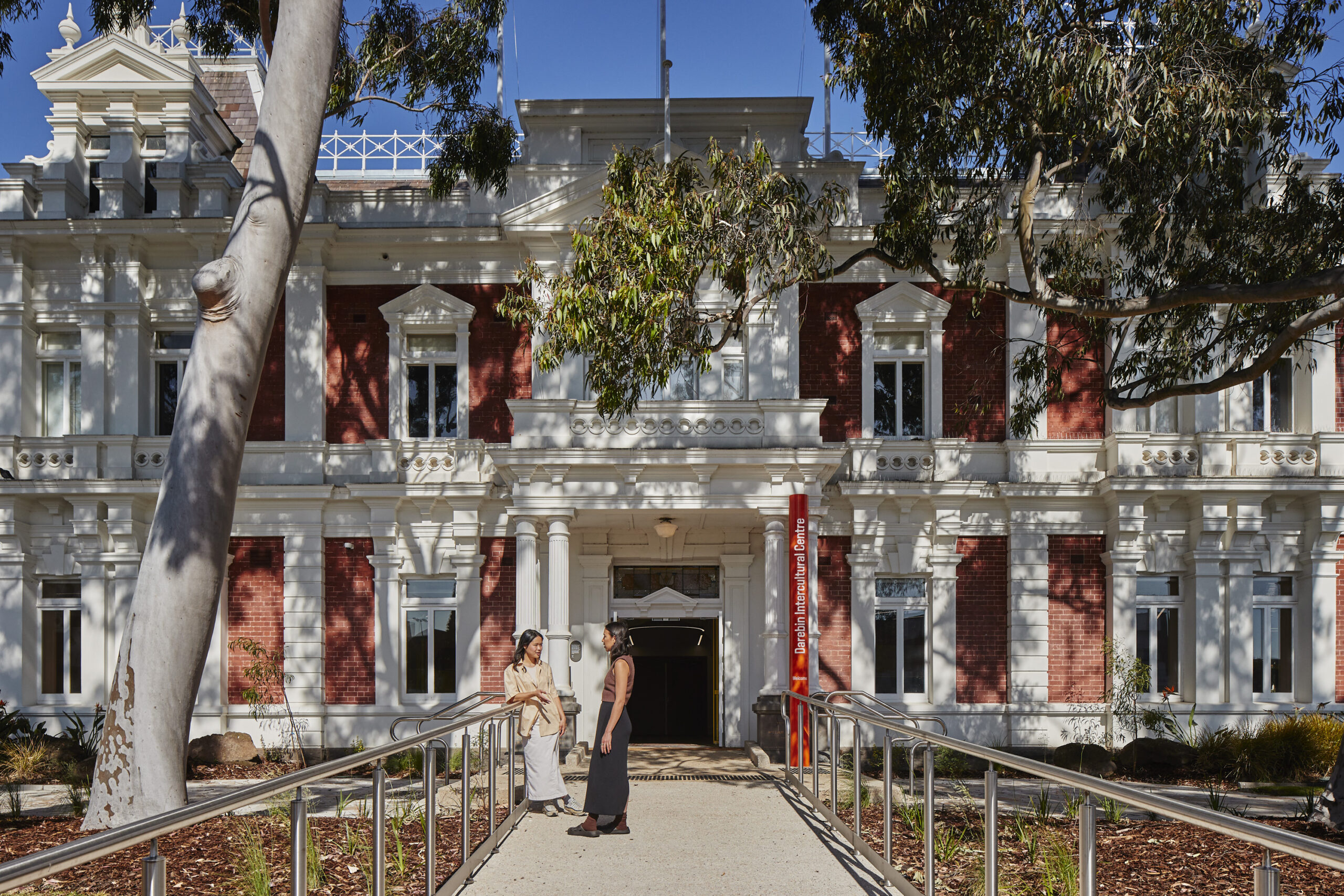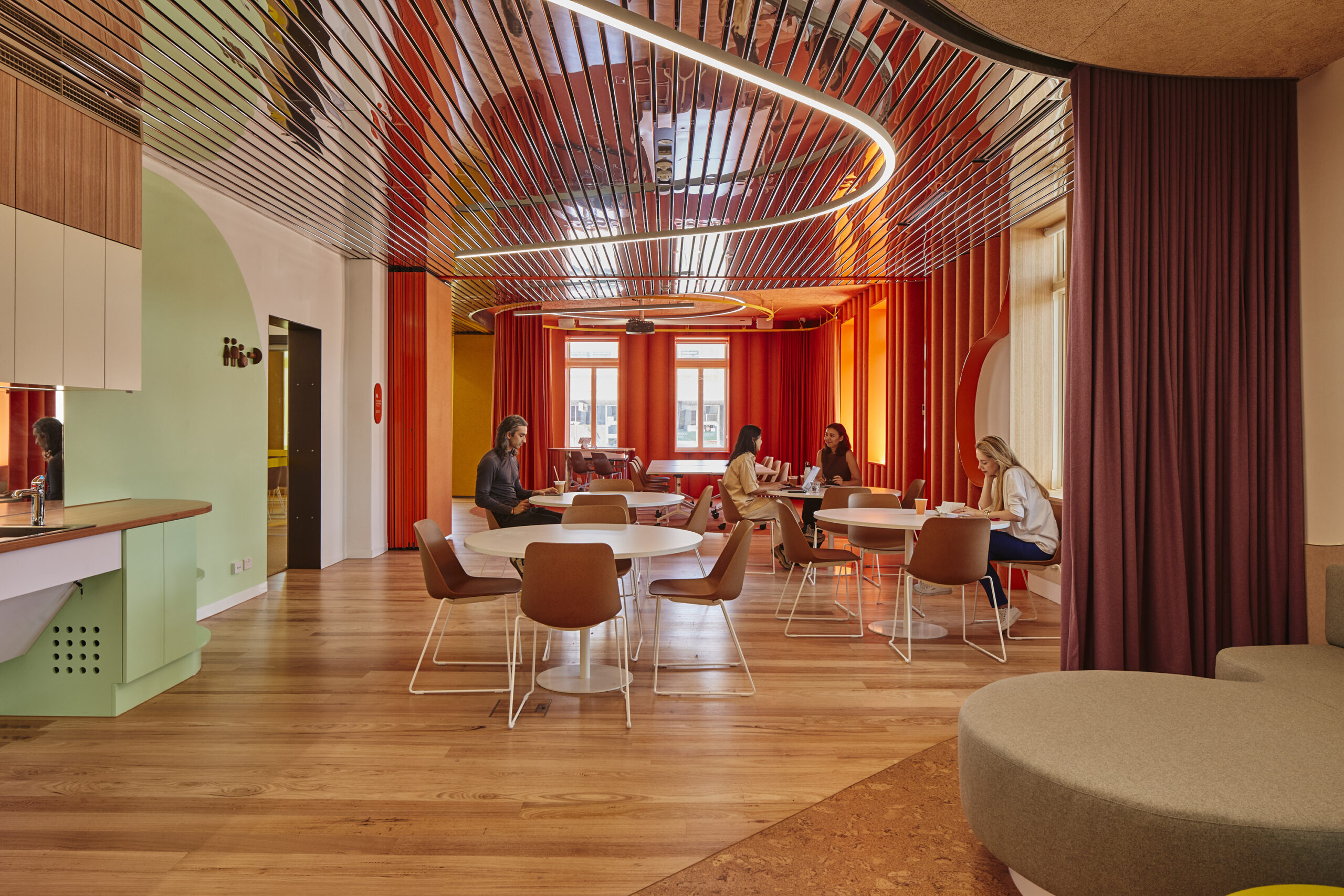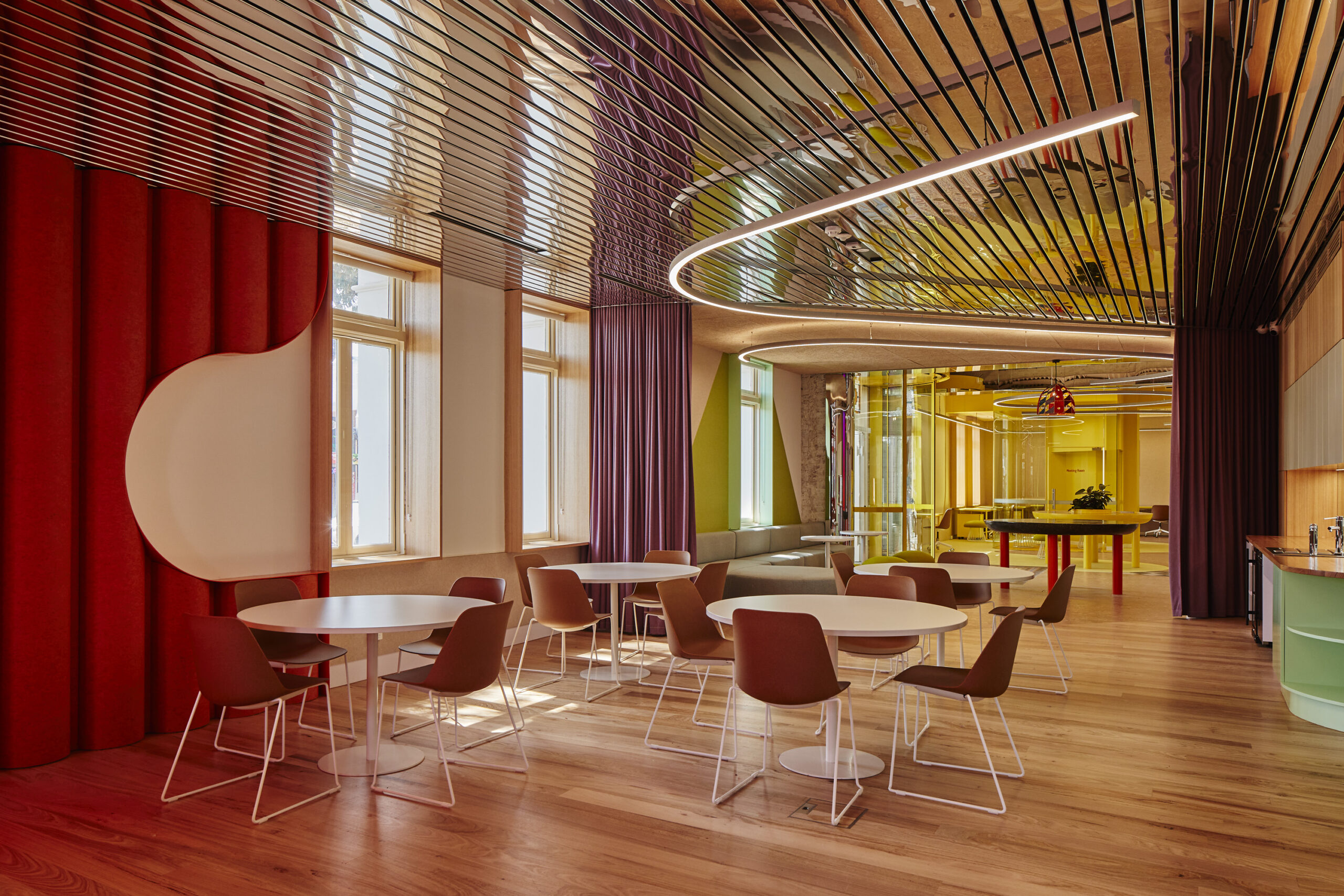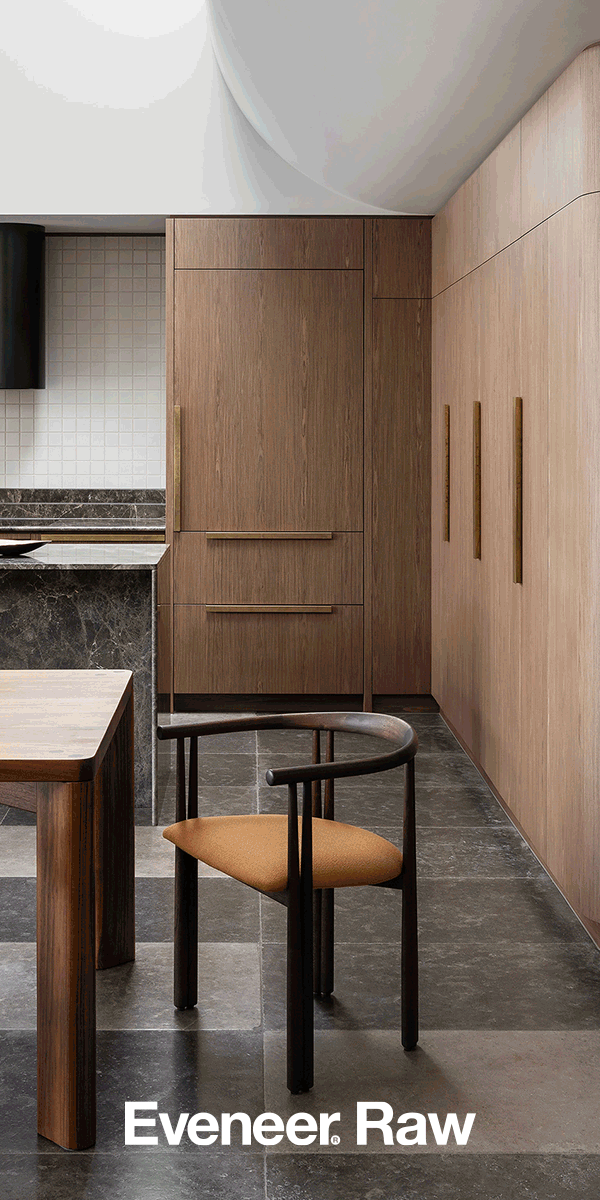A positive review of Rory Gardiner's photographic exhibition showcasing a project by the Melbourne-based architects, Baracco + Wright.
Darebin Intercultural Centre: Sibling
How can an architectural intervention contribute to the “elimination of racism and discrimination”? Union examines Sibling Architecture’s colourful and curvaceous new commission for the City of Darebin’s Intercultural Centre.
Essay
Joel Tito
Photography
Peter Bennetts

Australia – particularly its urban centres – is a diverse place. Cultures, languages, histories and lives exist in ever-changing states of harmony and cacophony. That is what makes it an interesting place to live. We are not a homogenous people; our different backgrounds and stories are reflected in the way that we live, work, eat, socialise and rest.
So, when Sibling Architecture was selected via public tender as the lead consultant to design the City of Darebin’s Intercultural Centre in Melbourne’s inner north, the project must have presented as a unique challenge. The brief was to create a centre “dedicated to the elimination of racism and discrimination in all its forms for the community by providing a safe space where connections and fearless dialogue can occur.” But how could a single piece of architecture represent the cultural diversity of life in the City of Darebin? And, perhaps more vexingly, should architecture ever really claim to address – through its sometimes-obtuse visual language of tectonics, materiality, massing and detail – something as fundamentally complex as the fabric of our multicultural communities?
Sibling answered these questions through a collaborative design process which sought to create a space that could “foster meaningful and constructive inter-racial, intercultural and inter-faith relations between people who live, work and play in Darebin.” A Community Reference Group, comprised of eight culturally diverse community members, helped co-design and steer the project. Separately, five co-design and consultation sessions with Wurundjeri Woi Wurrung Elders were held, and many of the Centre’s spaces are named in Wurundjeri language.
The result is an adaptive reuse of the southwestern corner of the ground floor of the Darebin Civic Centre. Originally constructed in 1893 on the corner of Gower and High Streets in Preston, the building was designed by Birtwistle & Scanlan for the City of Preston and opened in 1895. Its Elizabethan and French Second Empire ornamental flourishes are still visible on the building’s fa.ade, but the building has been updated a number of times over the past century. The updates have not only introduced Federation variations but have also expanded the original footprint of the site.
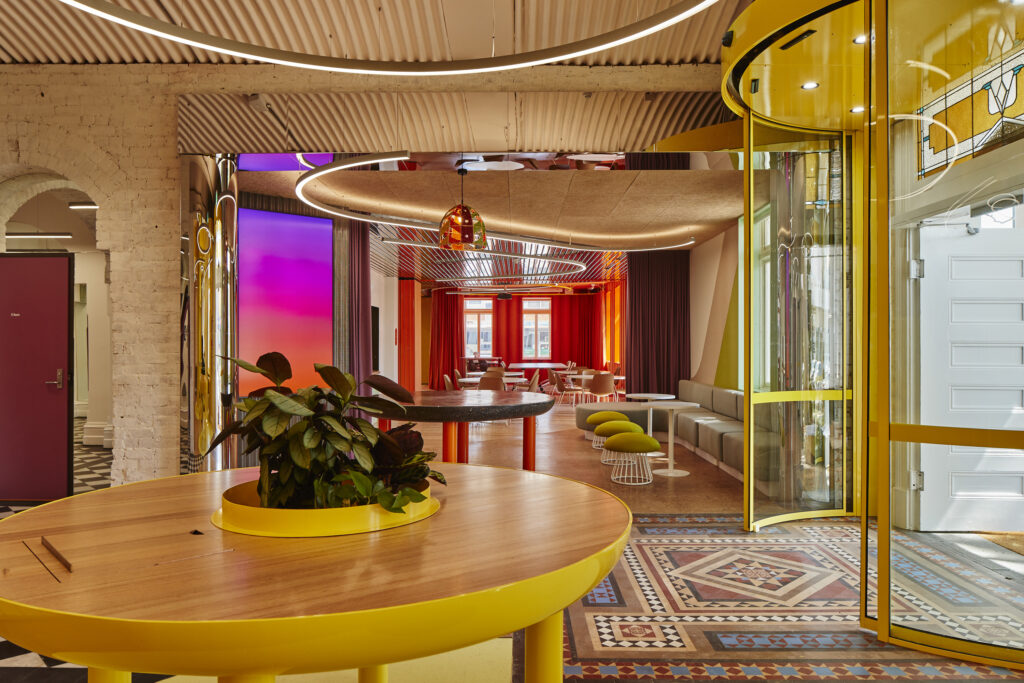
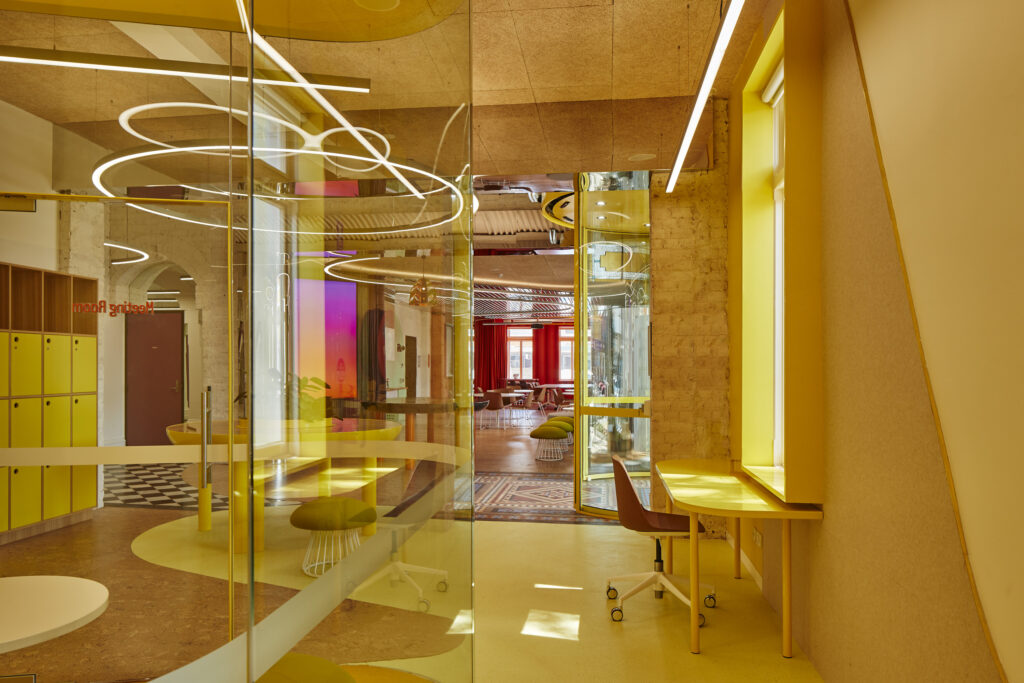
For a civic project, the Darebin Intercultural Centre is relatively modest in scale. Its L-shaped plan wraps around the internal hall and acts as an intermediate zone between the public outdoor areas and the interior workings of the Civic Centre. The program includes a coworking space, a lounge, a reflection space and two flexible spaces. Entry to the Intercultural Centre is through an ornate portico that sits set back in the context of soft native landscaping.
Once inside the Centre, one is immediately struck by the clash of colours and geometries. However modest the scale may be, Sibling’s design proudly declares that this is not a quiet project. Lemon yellow and paprika red acoustic felt lines the walls of the flexible spaces. Variations on those ostentatious colours are echoed in the goat hair carpets that punctuate the flooring. The red and yellow theme is again picked up in the heavy drapery, which demarcates the thresholds between an otherwise ostensibly open plan site.
Curves are the order of the day here. Beyond glimpses of the original structural elements of the building, nary a straight line is to be spotted in Sibling’s interventions. Why slice when you can fillet? Why point when you can turn? The result – perhaps fittingly, given the highfalutin brief to represent Darebin’s multiculturalism – is a cacophony of shapes and lines. Light fixtures turn on parabolic arcs, joinery terminates nearly universally in curves, floor decals loop lazily rather than cut sharply.
This is a decidedly Sibling project. Established in 2012 by eight friends from university (and now led by four of the original founders), the practice has become known in the Australian architectural landscape for their playful materiality and collaborative design ethos. Their projects are often explosions of colours and geometries, which eschew the growing trend of abstraction and minimalist tectonic expression. It is easy to see why their no-fuss focus on liveability and fun has attracted a growing list of residential clients. The Intercultural Centre is no exception to the ethos present in much of their existing built work. It is a visually interesting space that extends the colourful oeuvre of the young practice, and the AIA has recognised this by shortlisting the project for various categories in the 2023 Victorian Architecture Awards. The masterful use of colour throughout the project has also been acknowledged by the Dulux Colour Awards where it won both the Commercial Interior Award and Grand Prix in May.
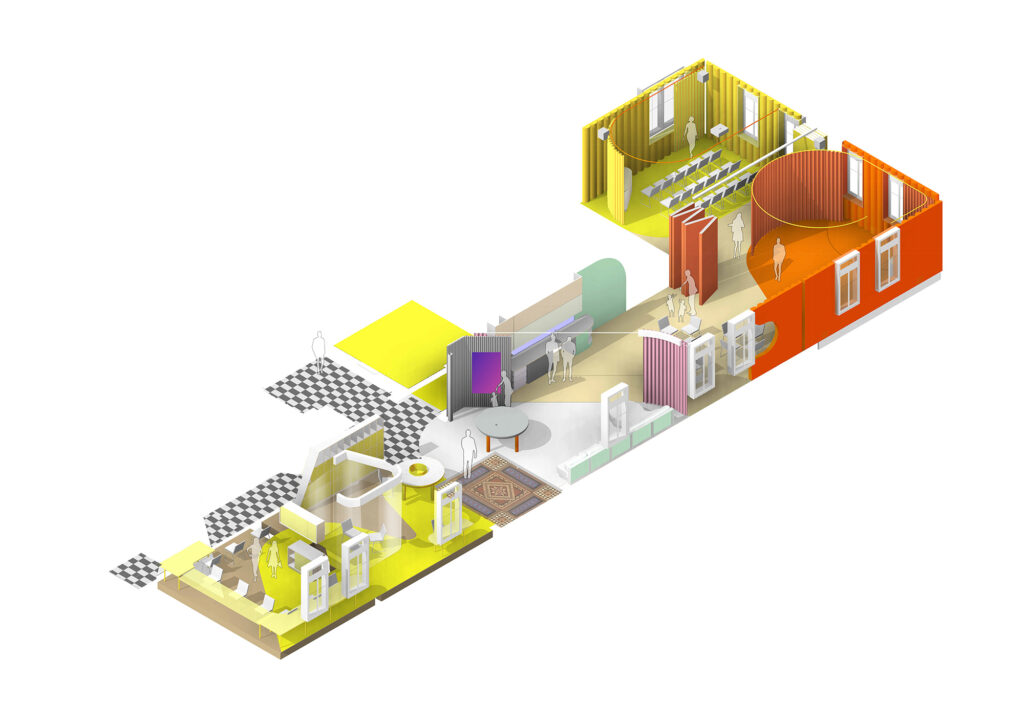
For all of its bold palette and geometric gestures, it is nevertheless challenging to see how Sibling’s design represents a meaningful step towards the “elimination of racism and discrimination in all its forms for the community.” Architects need to work to their brief, so this should not be taken as a criticism of the practice or the project. But it is difficult to avoid the feeling that architecture should be far more circumspect in describing its sphere of influence. Good design is aesthetic expression, first and foremost. Unquestionably, decisions about program, circulation and even, to some extent, massing can have an impact on the sociopolitical experience of a space. But can a civic project with some flexible zones and a couple of quiet areas really #EndRacism?
Rhetoricians are adept at reverse engineering sophisticated explanations for otherwise totally disconnected truths. No doubt, Darebin Council is proud of the way that its visually striking Intercultural Centre challenges preconceptions about sharp boundaries between cultures by visually expressing the fuzzy, curvaceous interconnectedness of us all. But ultimately, whether you find the place a sensory delight will probably come down to whether you like Sibling’s material, geometric and palette choices.
For all the Community Reference Group meetings, I would bet that Sibling’s design decisions were far more influenced by their formal training and aesthetic preferences. And you can’t blame them for that – design skills are really all the tools we have in this discipline. We’re not philosophers, we’re not politicians, we’re not civil servants. There is simply no need for the safety net of grandiose higher order objectives to protect our design projects from the vicissitudes of personal taste. Good architecture will live and die by the strength of its constituent visual decisions and that, ultimately, is what makes the Darebin Intercultural Centre a successful project.
